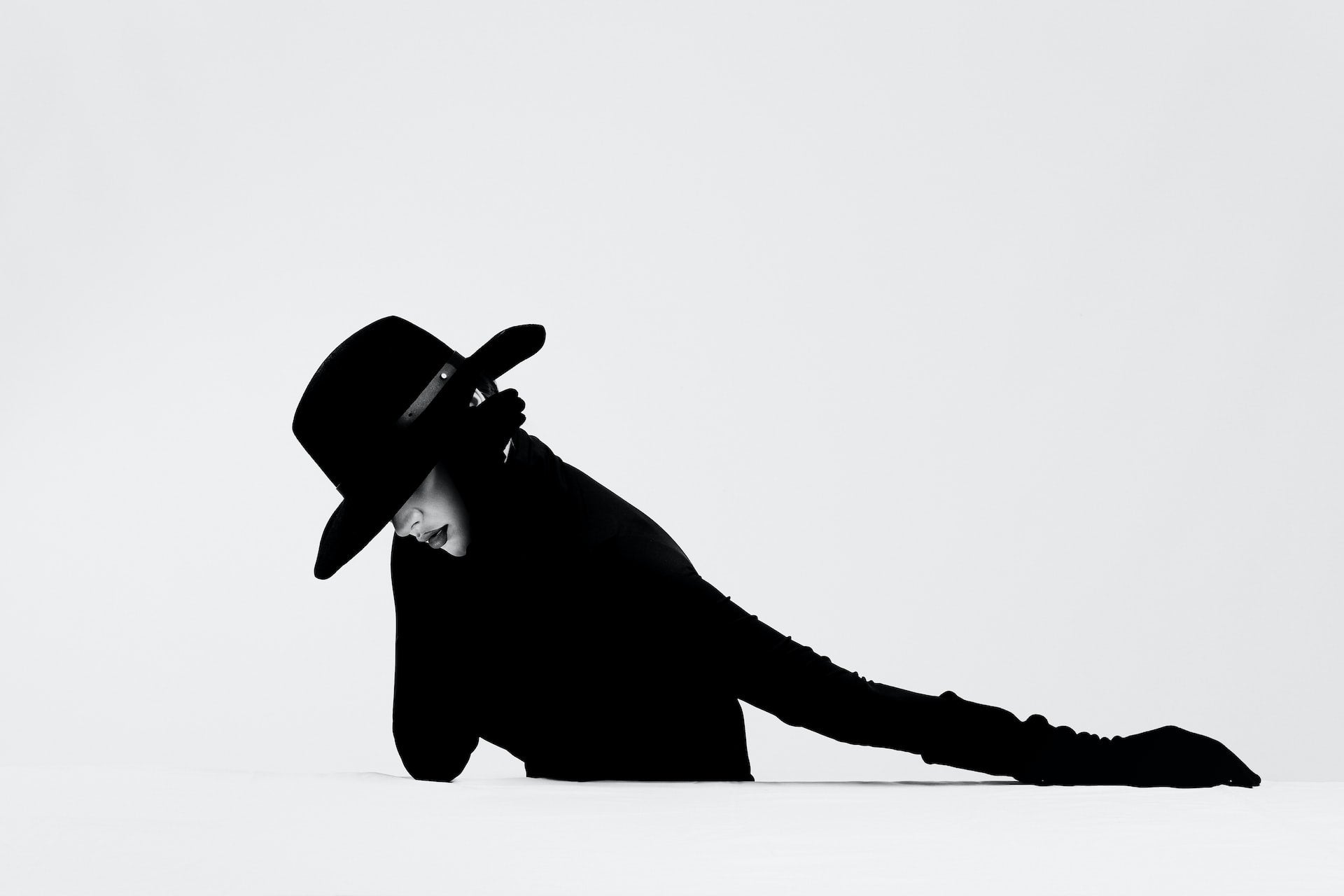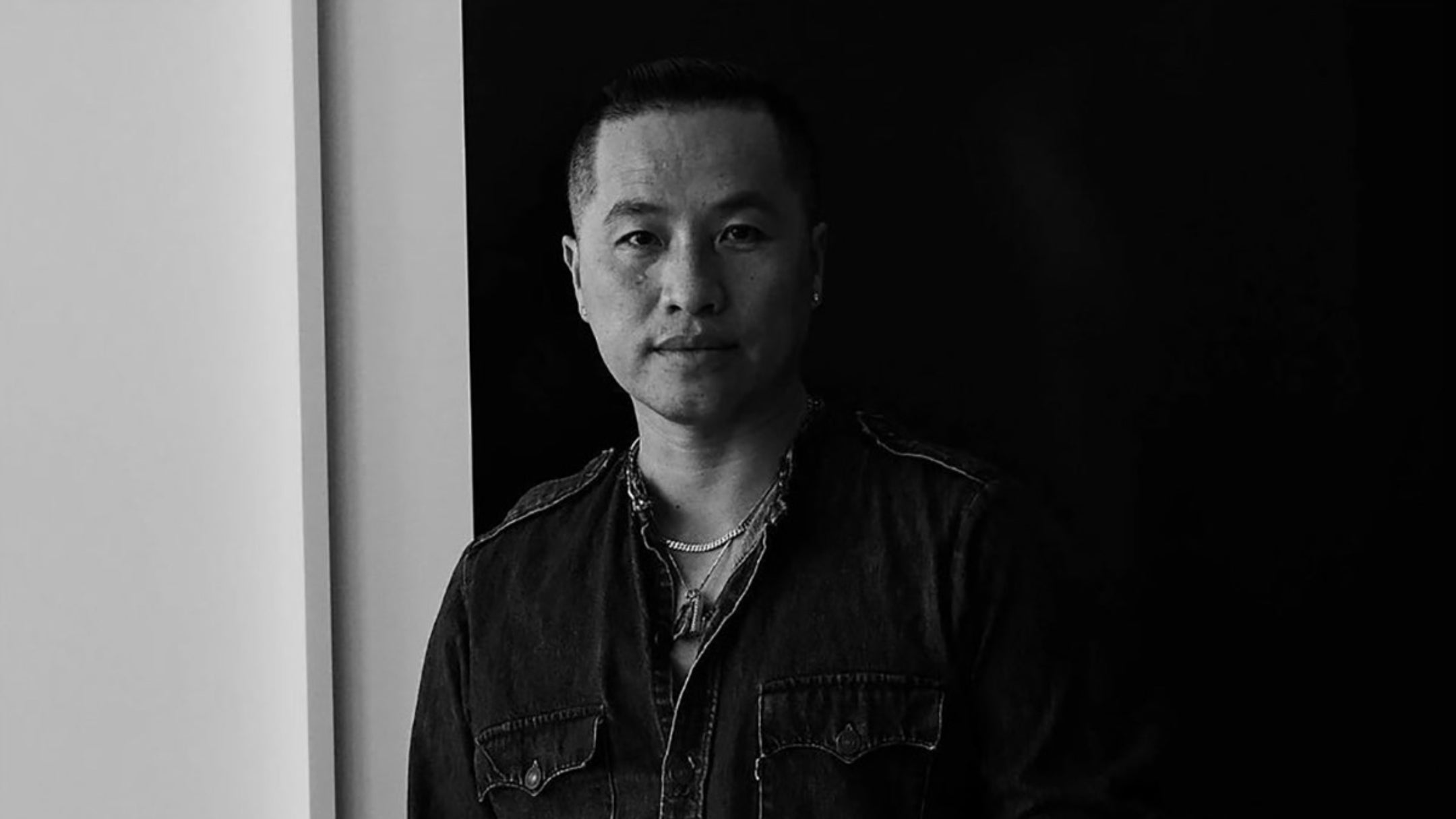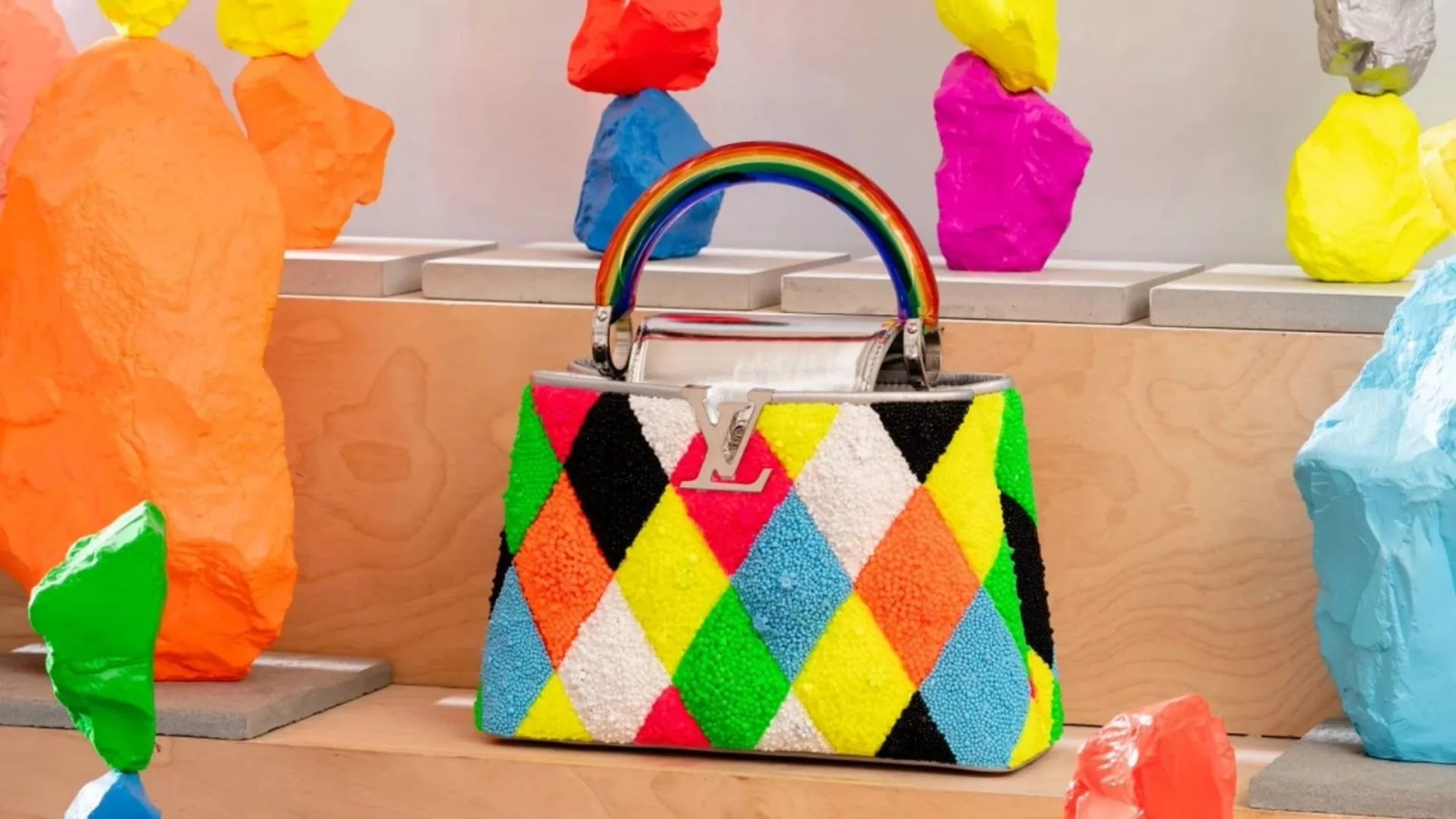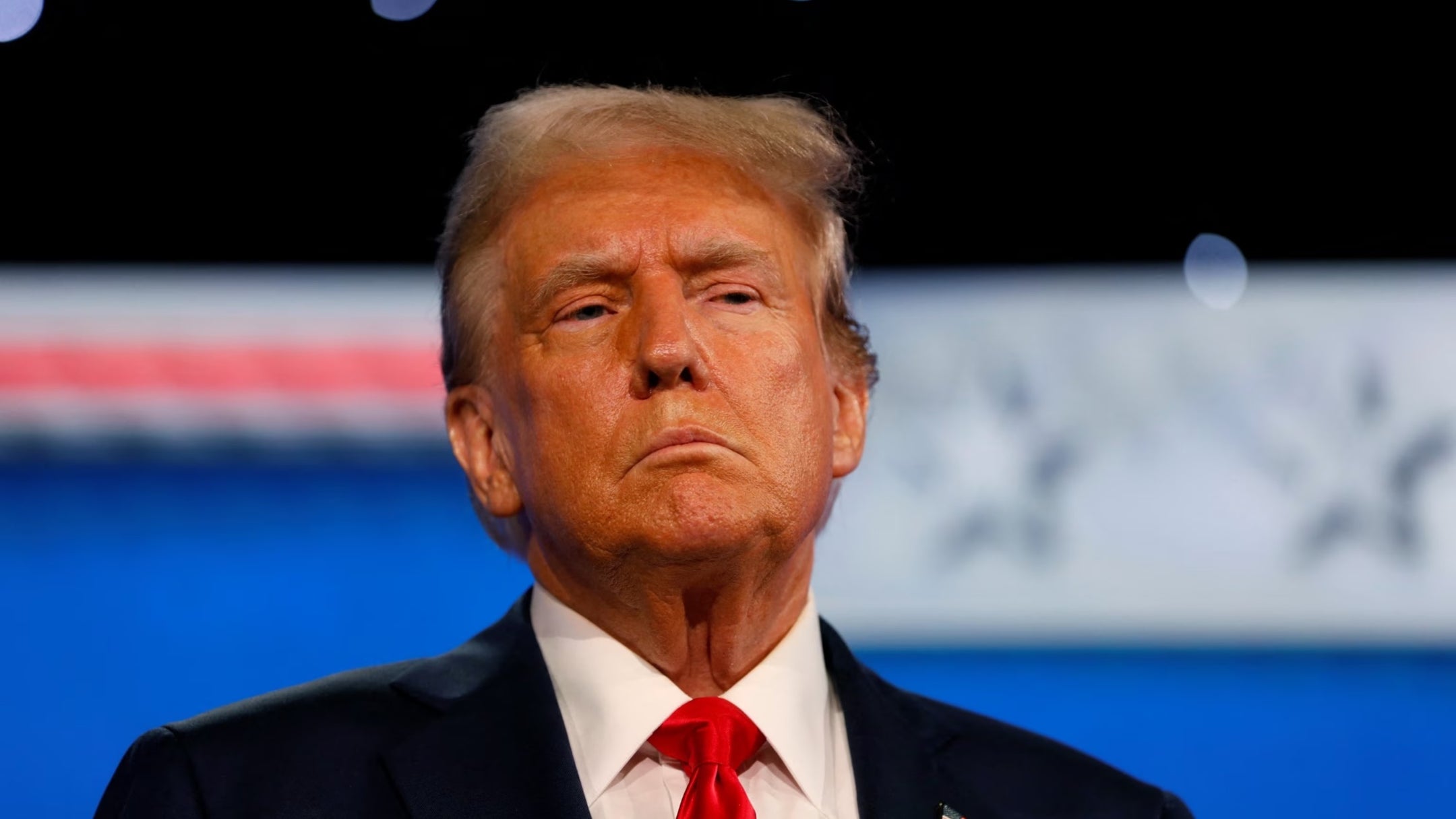As fashion and luxury products continue to rise in popularity, the market is flooded with counterfeit designer goods that are often sold at a fraction of the cost of the real thing. Whether you're a collector, a fashion enthusiast, or simply someone who wants to ensure that they're buying a genuine product, it's important to be able to identify authentic designer products. In this article, we will provide you with a comprehensive guide on how to differentiate between authentic and fake designer products.
Understanding the Importance of Authentic Designer Products
Designer products, whether it be clothing, handbags, or jewelry, often hold a high value in terms of prestige, quality, and craftsmanship. The market for counterfeit designer products has grown exponentially in recent years, and it's important to be able to distinguish between an authentic product and a fake one. Authentic designer products come with a guarantee of quality and authenticity, whereas counterfeit products may be of lower quality and may even be harmful to your health.
Research the Product and Brand
Before purchasing a designer product, it's important to research the brand and product thoroughly. This includes looking into the brand's history, their manufacturing processes, and any distinguishing features that are unique to the brand. This information can help you identify whether the product you're considering is genuine or not.
Examine the Packaging and Labels
One of the most common ways to identify a fake designer product is by examining the packaging and labels. Authentic designer products will have high-quality packaging and labels that are often embossed or engraved with the brand's logo. Fake products, on the other hand, may have low-quality packaging and labels that are easily recognizable as fake.
Analyze the Material Quality and Craftsmanship
Authentic designer products are made from high-quality materials and are crafted with great attention to detail. Fake products, on the other hand, may be made from cheaper materials and may lack the level of craftsmanship that is typically associated with designer products. Analyzing the material quality and craftsmanship can help you determine whether a product is genuine or not.
Check the Details and Features
Designer products often have unique details and features that are not found on cheaper, imitation products. For example, a designer handbag may have a specific type of stitching or a particular type of hardware that is unique to the brand. Checking for these details and features can help you determine whether a product is authentic or not.
Look for the Serial Number or Code
Many designer products come with a unique serial number or code that is used to authenticate the product. This number or code can often be found on the product itself or on a certificate of authenticity that comes with the product. Checking for a serial number or code can help you determine whether a product is genuine or not.
Consider the Price
While it may be tempting to purchase a designer product at a significantly lower price than retail, it's important to be cautious. If the price seems too good to be true, it probably is. Authentic designer products come with a premium price tag due to the quality of materials and craftsmanship involved in their production. If a product is being sold at a significantly lower price than retail, it may be a fake.
Beware of Online Purchases
When purchasing designer products online, it's important to exercise caution. Many fake products are sold online, and it can be difficult to determine whether a product is authentic or not without seeing it in person. Always purchase from reputable websites and sellers, and be wary of deals that seem too good to be true.
Seek Professional Opinion
If you're still unsure whether a product is authentic or not, consider seeking a professional opinion. Many luxury brands have authentication services that can verify the authenticity of their products. Alternatively, you can seek out a third-party authentication service to verify the product's authenticity.
Conclusion
Identifying authentic designer products can be challenging, but with the right knowledge and attention to detail, it's possible to differentiate between real and fake products. By researching the brand and product, examining the packaging and labels, analyzing the material quality and craftsmanship, checking the details and features, looking for the serial number or code, considering the price, being cautious with online purchases, and seeking professional opinion when necessary, you can ensure that you're purchasing a genuine designer product.

FAQs
What should I do if I suspect that a designer product I purchased is fake?
If you suspect that a designer product you purchased is fake, you should contact the seller immediately and request a refund. If the seller refuses to provide a refund, you may need to seek legal action.
Are all designer products expensive?
Designer products are often expensive due to the quality of materials and craftsmanship involved in their production, but not all designer products are prohibitively expensive. Some brands offer more affordable options that still retain the quality and prestige of the brand.
Can I trust third-party authentication services?
Third-party authentication services can be reliable sources of verification for authentic designer products. However, it's important to do your research and choose a reputable service to ensure accurate authentication.
What should I do if I come across a counterfeit designer product being sold?
If you come across a counterfeit designer product being sold, you should report it to the brand or to the authorities. Counterfeiting is illegal and can harm both the consumer and the brand.
Can I resell an authentic designer product?
Yes, you can resell an authentic designer product. However, it's important to ensure that the product is in good condition and that you're selling it through a reputable platform to ensure that you're not selling a counterfeit product.










